Blueprints for Disruption: How Insta360 Quietly Entered the Drone Market
How Insta360’s Drone Patent Trail Reveals a Coming Aerial Disruption
Two camouflaged drones surfaced online this month, bearing the unmistakable mark of Insta360—a brand long associated with action cameras and immersive video, not aircraft. The images, leaked from what appears to be a private field test, suggest more than just a new product: they hint at a strategic pivot by one of China’s most successful imaging companies into one of the most competitive and politically fraught sectors in tech—civilian drones.
The first aircraft resembles a ducted FPV-style drone—light, agile, and likely built for high-speed indoor or tactical flight. The second is more revealing: a foldable drone clad in zebra-pattern camouflage, marked with the word ANTIGRAVITY. Its compact, enclosed design and dual-lens setup make it clear the platform is geared toward immersive aerial video capture. Both models show signs of being development mules, not commercial releases. But their architecture—modular shells, internalized arms, and dual-lens configurations—mirror innovations already found in Insta360’s consumer camera lines.
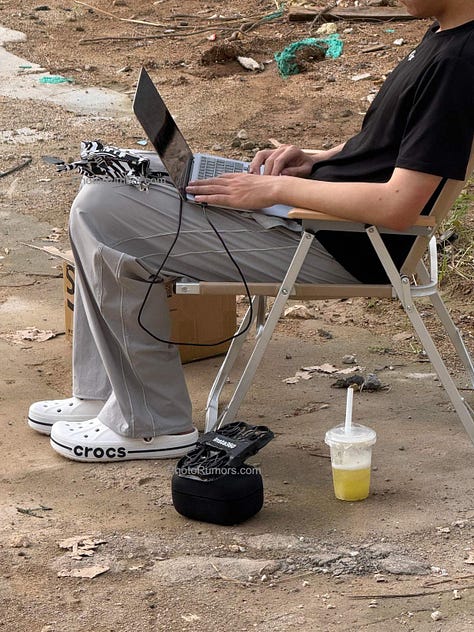
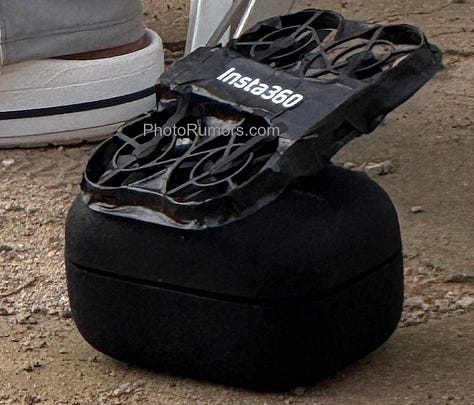
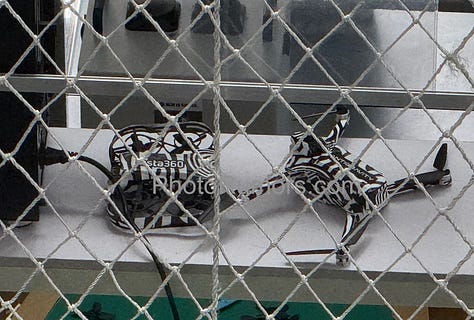
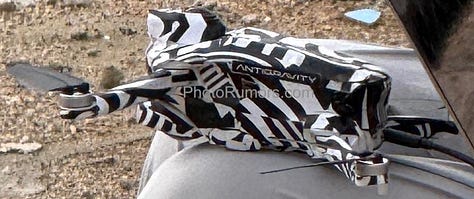
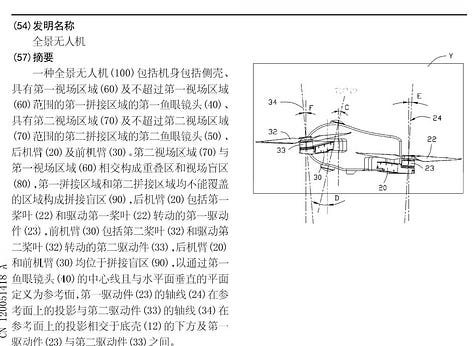
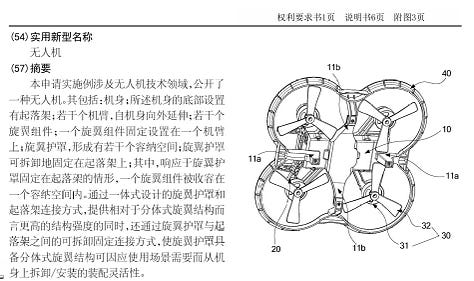
A Paper Trail of Flight
Officially, Insta360 has said nothing. But filings with the U.S. Patent and Trademark Office show a long, deliberate paper trail. Since late 2024, the company—under its registered name, Arashi Vision Inc.—has filed multiple U.S. patents tied directly to unmanned aerial systems.
One of the most telling is US Application No. 2025/0066049, published February 27, 2025. The patent describes a drone design with fisheye lens modules mounted both above and below the airframe, enabling stabilized panoramic video capture without a gimbal. The listed inventors—Chaorui Wang and Fei Gao—are engineers credited on several of Insta360’s core imaging patents. While little is known publicly about Wang, Gao’s academic footprint is significant: he serves as an associate professor at Zhejiang University and is a senior IEEE Fellow specializing in aerial robotics, motion planning, and wide-FoV camera navigation. His published research includes visual-inertial odometry frameworks designed specifically for drones equipped with fisheye optics—systems that would allow a UAV to maintain orientation, perform SLAM mapping, or track objects autonomously using Insta360’s existing camera architecture.
Another patent, U.S. Patent No. 12,231,760, granted February 18, 2025, describes a tracking system capable of reacquiring a subject after it leaves the frame, then adjusting zoom and direction to keep it centered. The listed inventor is Jingkang Liu, Insta360’s founder and CEO. Additional filings, including Application No. 18/950,661 (published March 6, 2025) and No. 18/743,559 (October 17, 2024), outline panoramic user interfaces based on gaze input, and multi-lens camera modules mounted directly onto unmanned vehicles.
A separate patent, Application No. 18/566,138, published August 29, 2024, introduces a “control method and control system for unmanned aerial vehicle” with automated flight maneuvers including orbits, dives, and lock-on routines. These reflect the kind of intelligent flight systems popularized by Skydio and later adopted by DJI—suggesting Insta360’s drones are being engineered not just to capture video, but to think.
Arashi Vision’s international IP footprint reinforces that trajectory. According to a 2024 analysis by GreyB Services, “Arashi Vision Inc. holds 1,346 global patents, 1,042 of which are in China, and 88% of its filings are still active.” Nearly all recent filings relate to real-time image processing, tracking, and panoramic stitching—technical domains central to drone development.
A Legal Fault Line
The stakes go beyond product development. In May 2024, GoPro filed a formal complaint with the U.S. International Trade Commission, accusing Insta360 of infringing six U.S. patents tied to digital stabilization, real-time motion compensation, and camera design. ITC Investigation No. 337-TA-1393 was initiated June 5, 2024. Among the patents cited: U.S. Design Patent D789,435, which GoPro claims protects its iconic camera form factor and stabilization systems. While the case targets handheld action cameras, the underlying technology overlaps with key drone systems.
In a statement filed June 12, 2024, GoPro’s legal team wrote:
“The accused products incorporate real-time processing and dynamic tracking systems that closely resemble those protected under GoPro’s active patents. These systems extend beyond consumer handheld use and are adaptable to aerial platforms.”—GoPro v. Arashi Vision, U.S. ITC 337-TA-1393, Exhibit D, p. 17
As of July 2025, the ITC investigation remains ongoing. Insta360 has not responded publicly.
A Shift in Airspace
Founded in Shenzhen in 2015, Insta360 is best known for its 360-degree camera systems and post-processing software. Its modular “ONE” and “X” camera lines have become go-to tools for mobile filmmakers, VR creators, and content producers. Unlike DJI, which has been blacklisted by the U.S. Department of Defense and banned from federal procurement under Section 889 of the NDAA, Insta360 has remained free from U.S. restrictions. But that could change if its drones enter law enforcement, infrastructure, or federal agency workflows.
While the company remained silent in Western media, it broke that silence for shareholders in China. On July 23, 2025, through the Shanghai Stock Exchange’s investor Q&A platform, Insta360 formally acknowledged its entry into the drone market. In response to multiple investor questions, the company confirmed that it had “already begun laying out its drone business strategy” and would be “launching two branded drone products, including one under the Insta360 brand and one jointly developed with a third party.” The statement, legally binding under Chinese financial disclosure laws, marks the first on-record admission that the company’s UAV ambitions are no longer hypothetical.
Additional evidence of this shift surfaced in January 2025, when Chinese business registries recorded the formation of Shenzhen Ying’ao Technology Co., Ltd. (影翺科技), a new subsidiary registered under the same commercial region as Insta360. Though not publicly linked to Arashi Vision Inc. in English-language media, the firm appears to be operating the “Antigravity” UAV brand directly. A verified Antigravity account was also registered on Weibo under this corporate name, matching the branding seen on leaked airframes. The company’s scope of business includes UAV system development, imaging devices, software integration, and export—confirming a formal and strategic UAV launch effort now underway.
Researcher Mauro Tandoi (@MauroTandoi) was among the first to identify the compact drone’s detachable propeller guards and tilted arm geometry, noting its design optimizes for seamless stitching with minimal visual intrusion—insight that aligns precisely with emerging patent schematics.
Igor Bogdanov (@Quadro_News) shared the prototype photos to X, he posted this direct statement:
“Insta360 has been working on drones for over a year. They’re testing two types—one for FPV, one for cinema work. Based on what I’ve seen, they’re not far from release.”
He added that the larger drone’s design is “modular, invisible to 360 stitching, and engineered around their existing camera stack.” That aligns precisely with language from US Application No. 18/946,962, filed December 2024:
“A lens module mounted above and below the UAV allows for panoramic or hemispherical imaging while maintaining invisibility to itself during stitching… arms and propeller assemblies are structurally retracted or camouflaged.”—USPTO, Application 18/946,962, published Feb 27, 2025
What emerges is a portrait of a company preparing to enter a new vertical with the same quiet precision it used to disrupt the action camera market. The drones are not announced. The patents are public, but unpublicized. The product names—if ANTIGRAVITY is indeed the final brand—remain unconfirmed. But the signs are all there. Insta360 is building something. And based on the technology it has filed for, it may be far more advanced than anything expected from a first-time drone maker.
Whether this leap will trigger the same regulatory scrutiny DJI now faces remains to be seen. But if Insta360’s strategy follows precedent, it won’t lead with a press release.
Insta360 has entered the drone war—not with a press release, but with prototypes, patents, and silence.






